Technique trends can happen in all sports and all disciplines. That includes handgun shooting, whether the goal is competition victory or defense against violent attacks.
Let’s look for now at one particular element of technique: how hard, how firmly, should the gun be held?
For decades, the trend was “60/40”: some interpreted it as 60% hand strength with the support hand and 40% with the firing hand. Conversely, some defined it at 40% with the support hand and 60% with the firing hand, though those were in the minority.
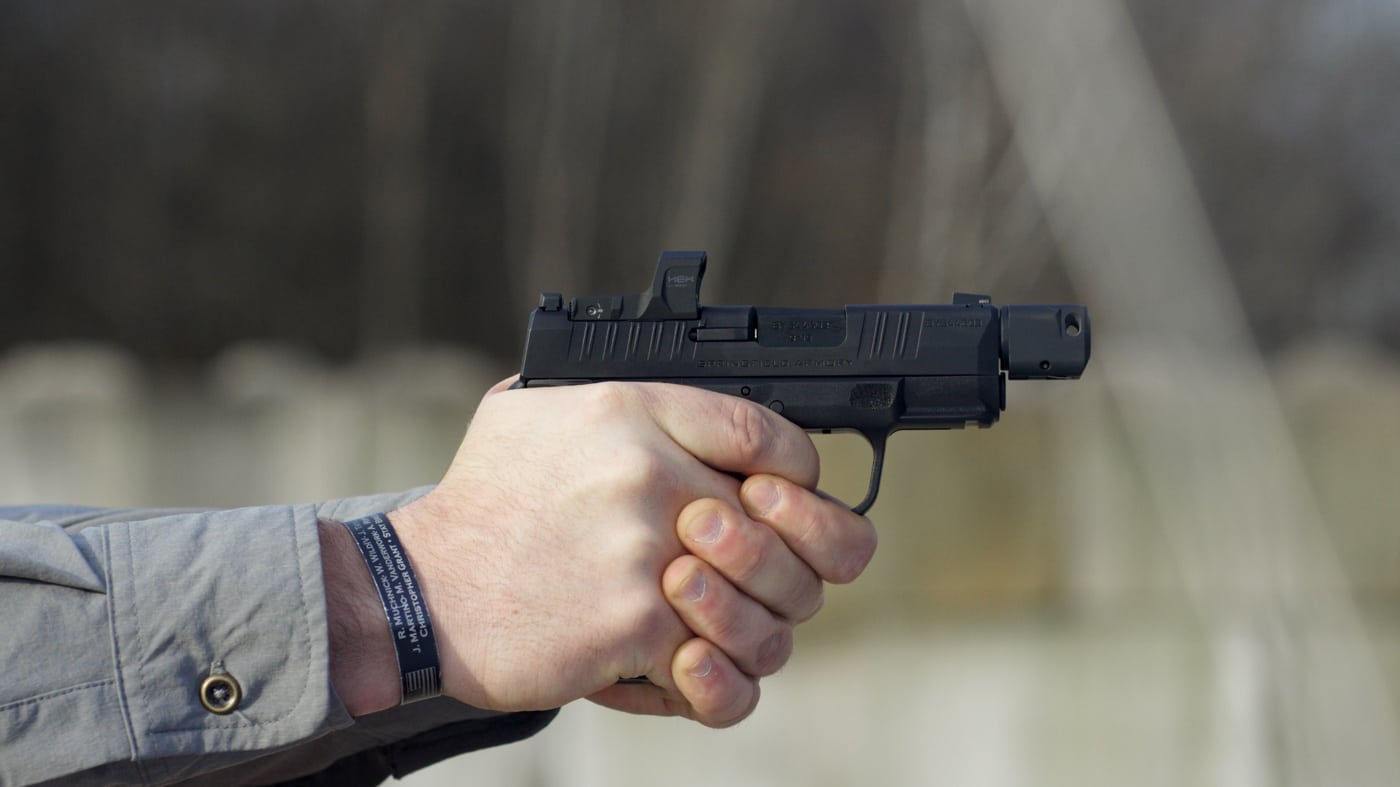
This technique had its heyday in the 1980s, when it was recommended by two young wunderkinds of action pistol shooting: Rob Leatham and his training partner Brian Enos. Maybe it’s time to take a look at it again?
The Crush Grip
Watch people shooting handguns at targets. You’ll notice that if they’re right-handed, the bad shots tend to cluster low and left, and if they’re southpaws the errant bullet holes will tend to appear low right. Why does that happen?
A major cause of the phenomenon is that our fingers are sympathetic. When one of them flexes — for instance, the index finger on a trigger — the others reflexively tighten, too. This tends to pull the muzzle down and toward the open part of the firing hand.
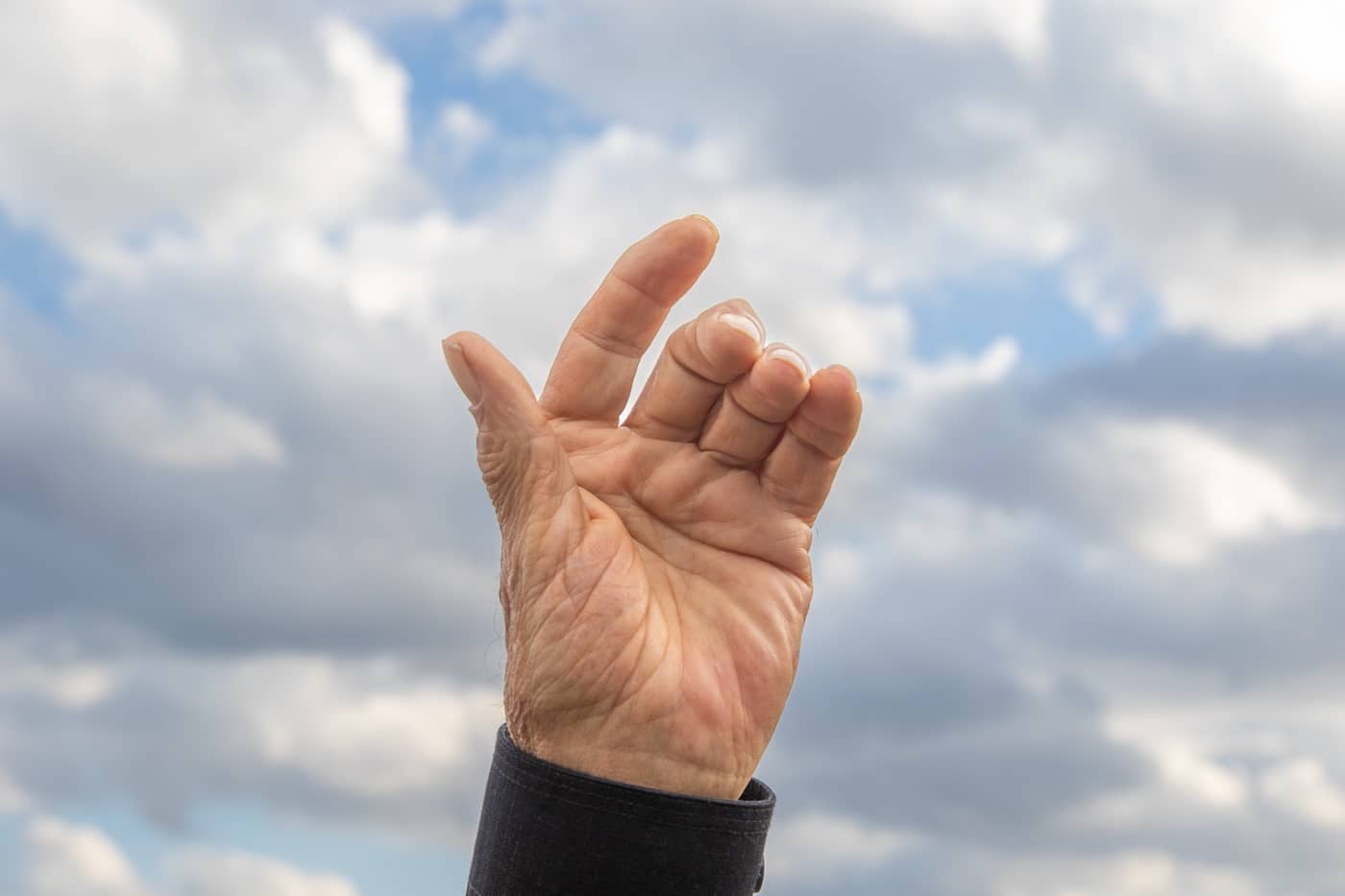
Old-time firearms instructors recognized it before any of us were born. They called it “milking” because it mimics the movement of the hand when milking the teat on a cow’s udder.
How can we cure milking? The simplest and quickest cure, I respectfully submit, is the maximum force grasp on the pistol.
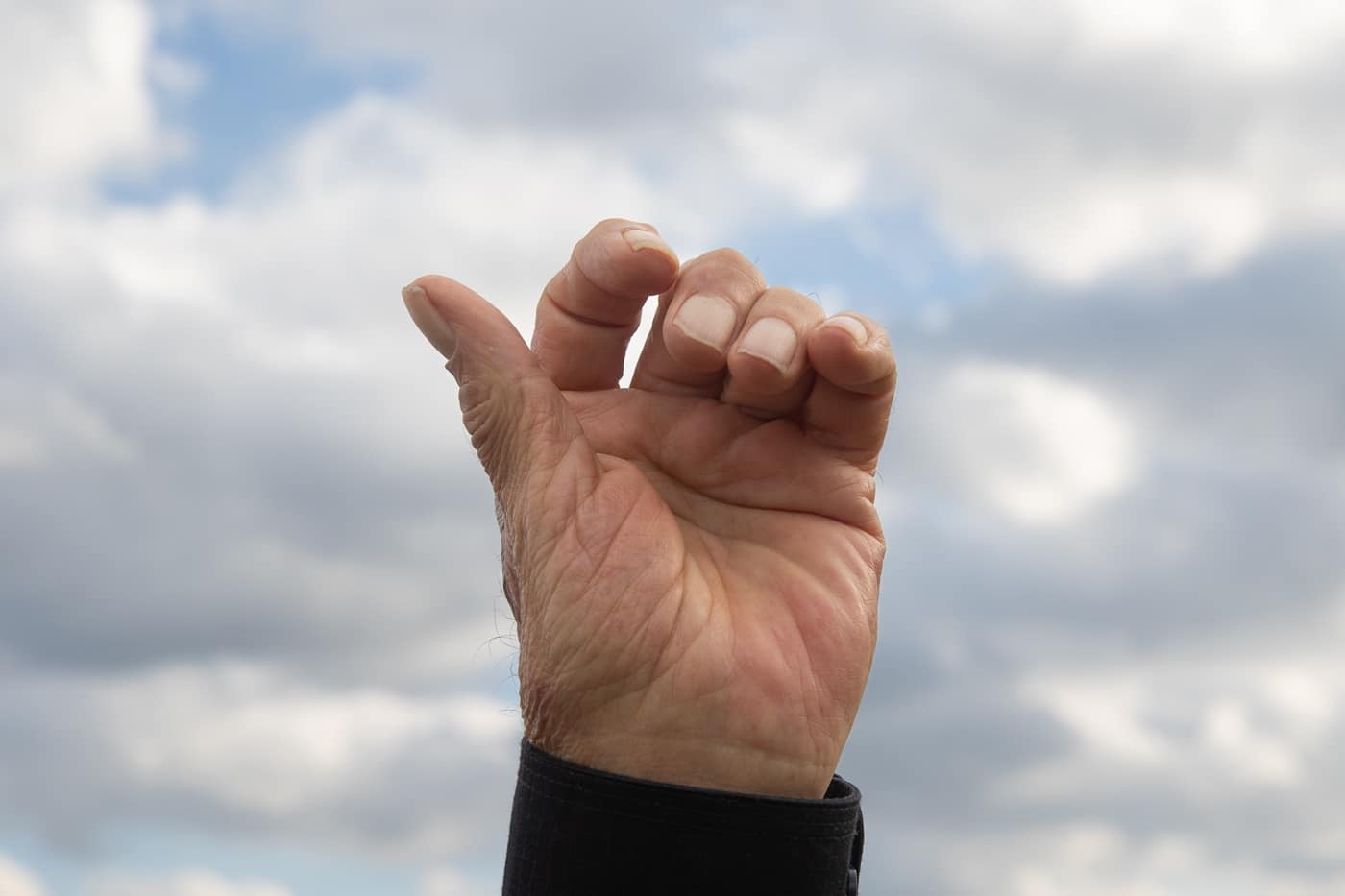
Here’s how it works. You don’t even need to hold a pistol to understand the principle. Take your empty gun hand and watch it closely. Relax your fingers. Now move your trigger finger quickly as if you were shooting rapid fire. You’ll notice that the other fingers are flexing with it. There’s your “milking.”
Now, tighten the three lower fingers as hard as you can, and run the trigger finger again. It will be the only finger that moves. The rest are trying to, but they can’t, because they’re already at maximum closure.
Voila! The instant cure for “milking.”
Voices of the Past
There’s nothing new about the crush grip. That’s why I call it a lost secret instead of a new discovery. “Appeal to authority” is sometimes seen as a cheap debate trick, but it can also be a validation based on experience and expertise. Consider the following.
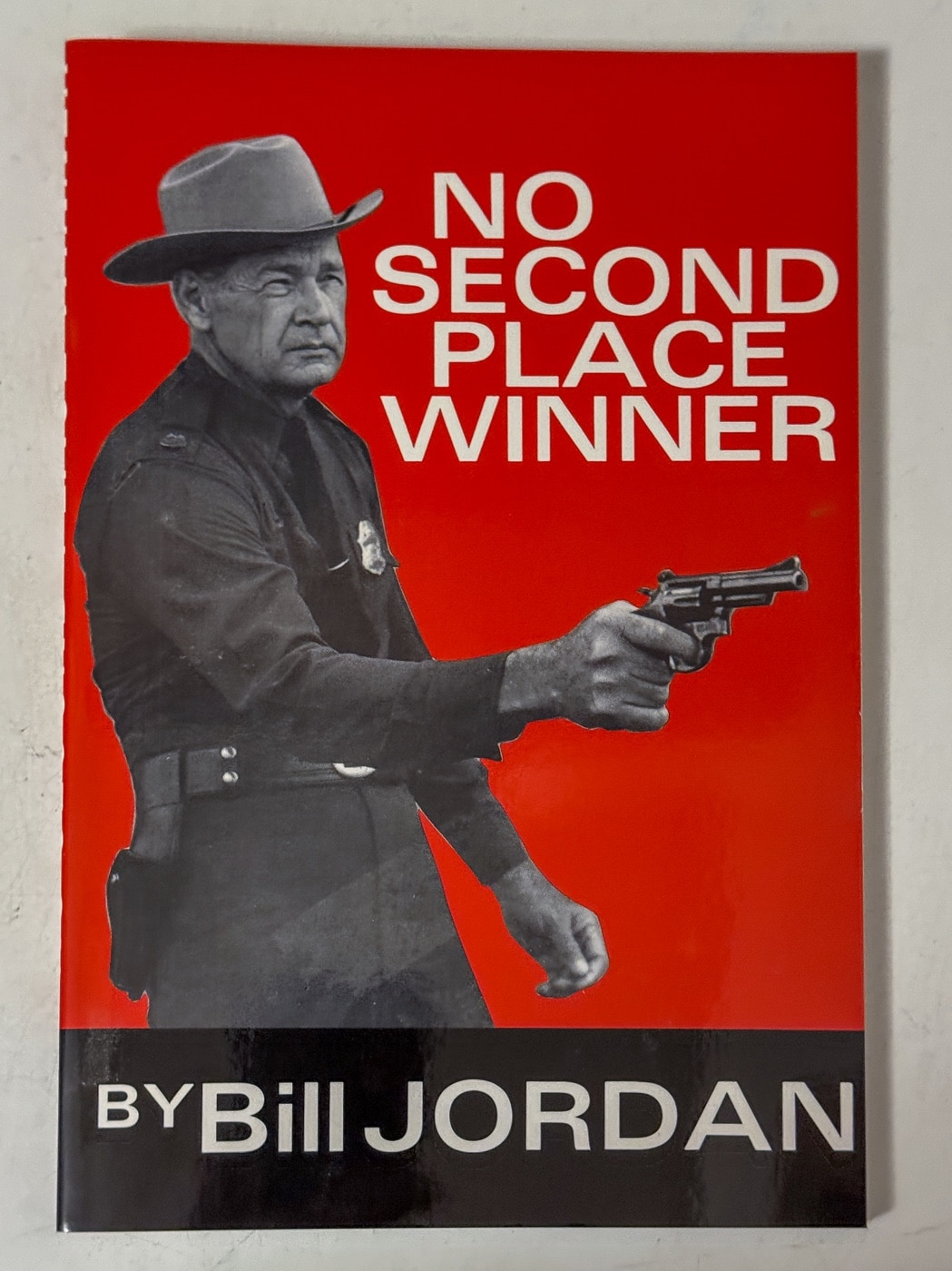
I knew Col. Charles Askins, Jr. and learned a lot from him. He was a national pistol champion and killed many opponents in gunfights as a lawman and many enemy soldiers during WWII without ever stopping a bullet himself. He once wrote that the shooter should use a grasp “that could crush granite.”
I knew Bill Jordan. He was something of a mentor. A wizard with the double-action revolver, he was also a WWII combat veteran. He told me he advocated a very firm grasp on the handgun.
I knew Col. Rex Applegate. A part of his shooting system was what he called “convulsive” grip. I once asked him what he meant, and he replied, “Hold the damn thing as hard as you can!”
Today’s Experts
For those who want to hear from more modern sources, consider this. Brian Enos and Rob Leatham popularized the 60/40 grasp many years ago.
Brian, if I recall correctly, has recommended a very firm grasp on his popular shooters’ forum. A few years ago, when I interviewed Rob and asked how hard he holds a pistol today, he answered “As hard as I can, unless the hand begins to tremble.”
Backing off pressure if a hard grasp causes tremor has always been a concern. Askins’ advice was to keep using maximum grip and, after a while, your hands would become accustomed to it and the tremors would stop.
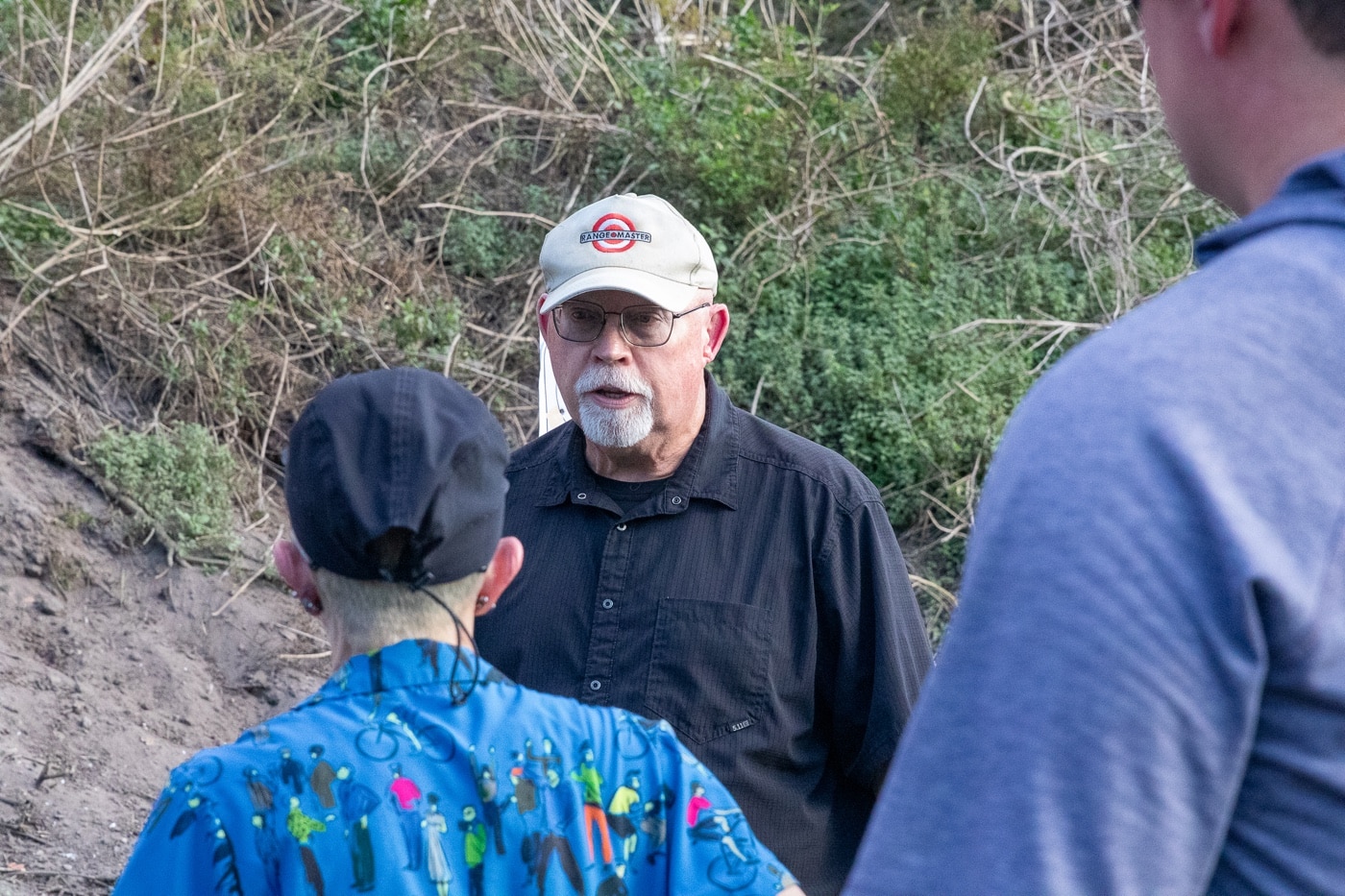
My subjective experience is that since there’s an excellent chance you’ll experience adrenaline-induced tremor during a fight, get used to it now: keep the crush grip, let the front sight or dot tremble in the middle of the target, and the target won’t know the hand was trembling before the shot was fired. If the dot in your optic looks like a streak, just aim with the streak.
Tom Givens (Rangemaster.com) is one of the great trainers and up-to-date scientific researchers of our time. At one of his Instructor Development courses, I asked him how much grip strength he recommended and he answered, “All you’ve got!”
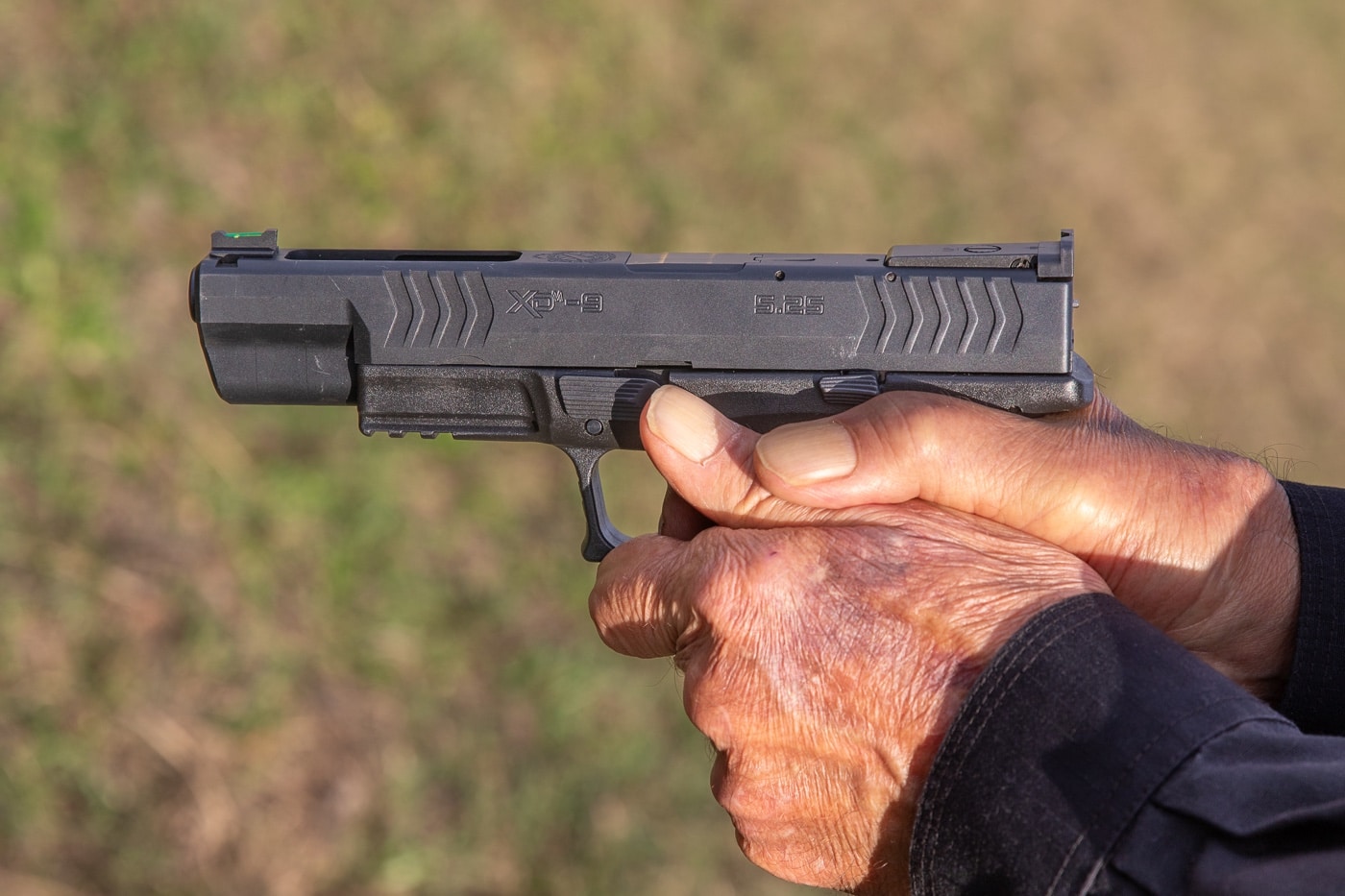
Ben Stoeger is a self-taught Grandmaster and a world and national champion. On his old forum, someone asked him how hard he held his pistol, and Stoeger replied, “Hard as (expletive deleted).”
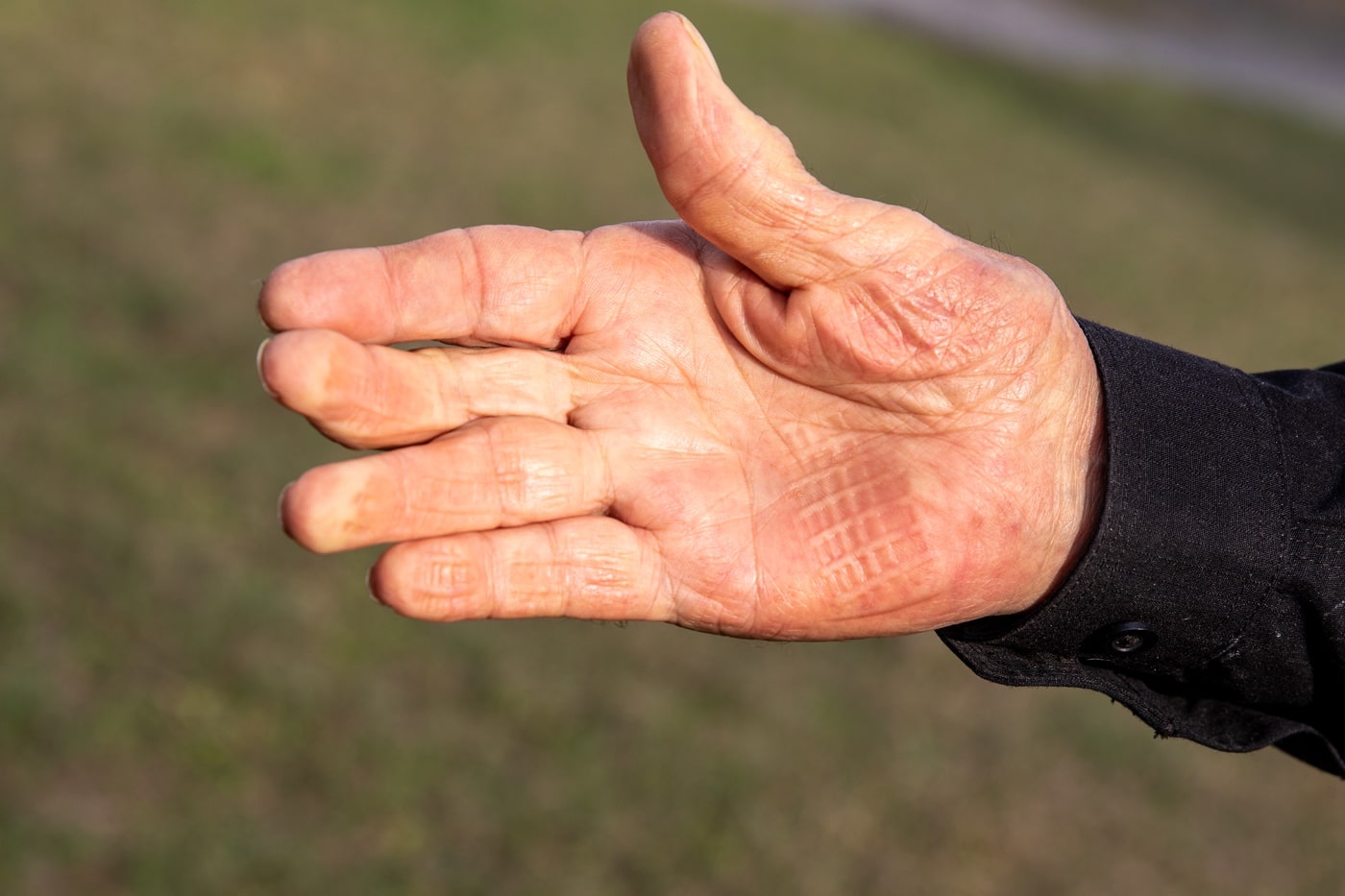
In his very useful 2016 book “Practical Pistol: Fundamental Techniques and Competition Skills,” he wrote, “Grip the gun hard (really hard) … . Gripping your gun very firmly is going to offer you quite a bit of recoil control. The gun is going to behave very nicely for you in recoil. The sights lift and return to the same spot.”
He adds, “Aside from recoil control, a firm grip also helps as a crutch against poor trigger control.”
Other Advantages
A hard grip at the beginning of the draw reduces the chances of the gun being knocked from your hand if the barrel hits a desk or steering wheel or whatever. If a violent offender grabs at your drawn gun, remember that action beats reaction.
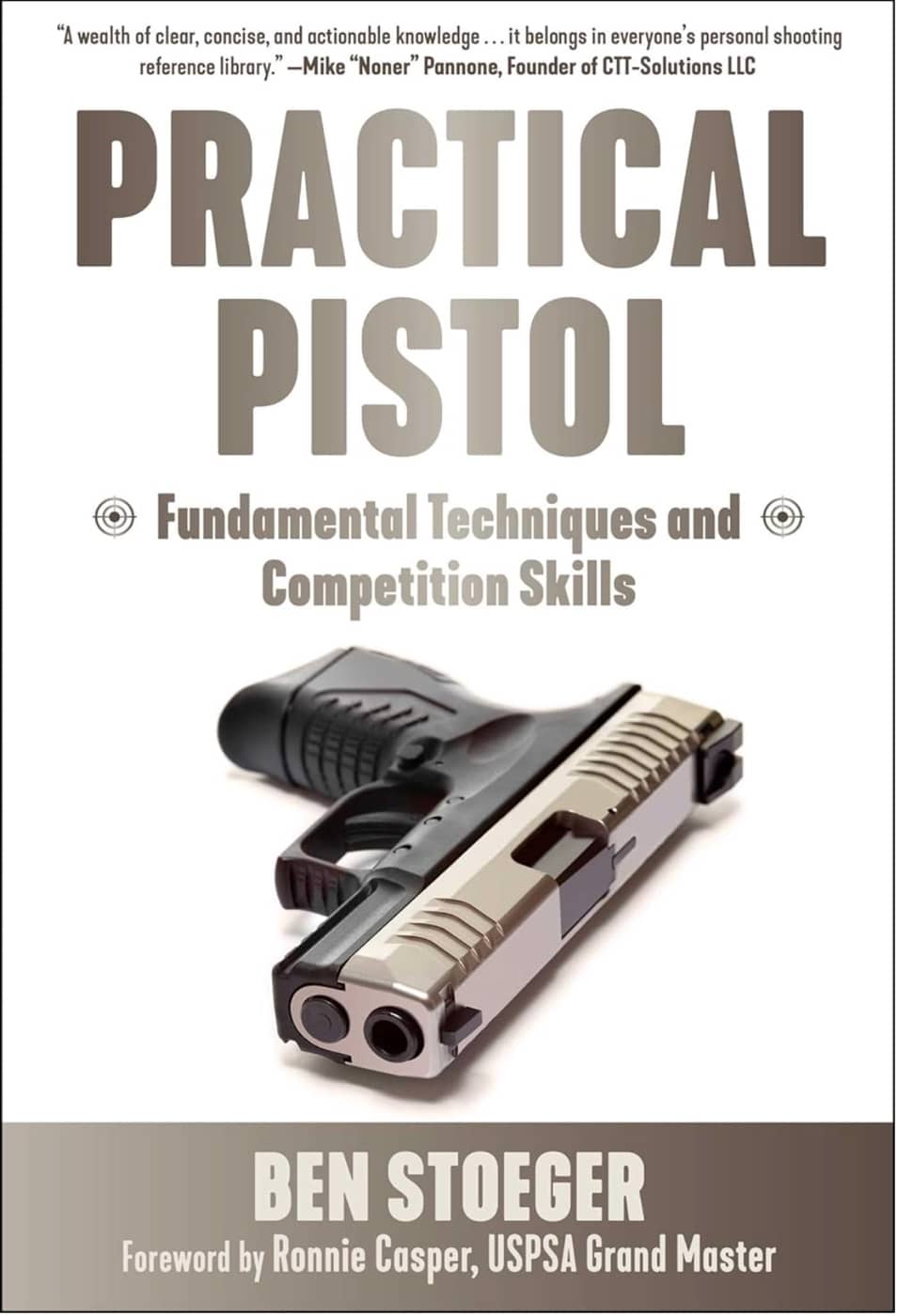
I’ve been an instructor in weapon retention since 1980 and a trainer of other instructors since 1990, and I can tell you that if you have a crush grip on the handgun before the offending hand contacts it, you’re considerably ahead of the game.
Give it a try. When your hand comes off the pistol, the grip checkering should be imprinted on your palm. The crush grip has a lot going for it, particularly for defensive shooting.
Editor’s Note: Please be sure to check out The Armory Life Forum, where you can comment about our daily articles, as well as just talk guns and gear. Click the “Go To Forum Thread” link below to jump in!
Join the Discussion
Read the full article here




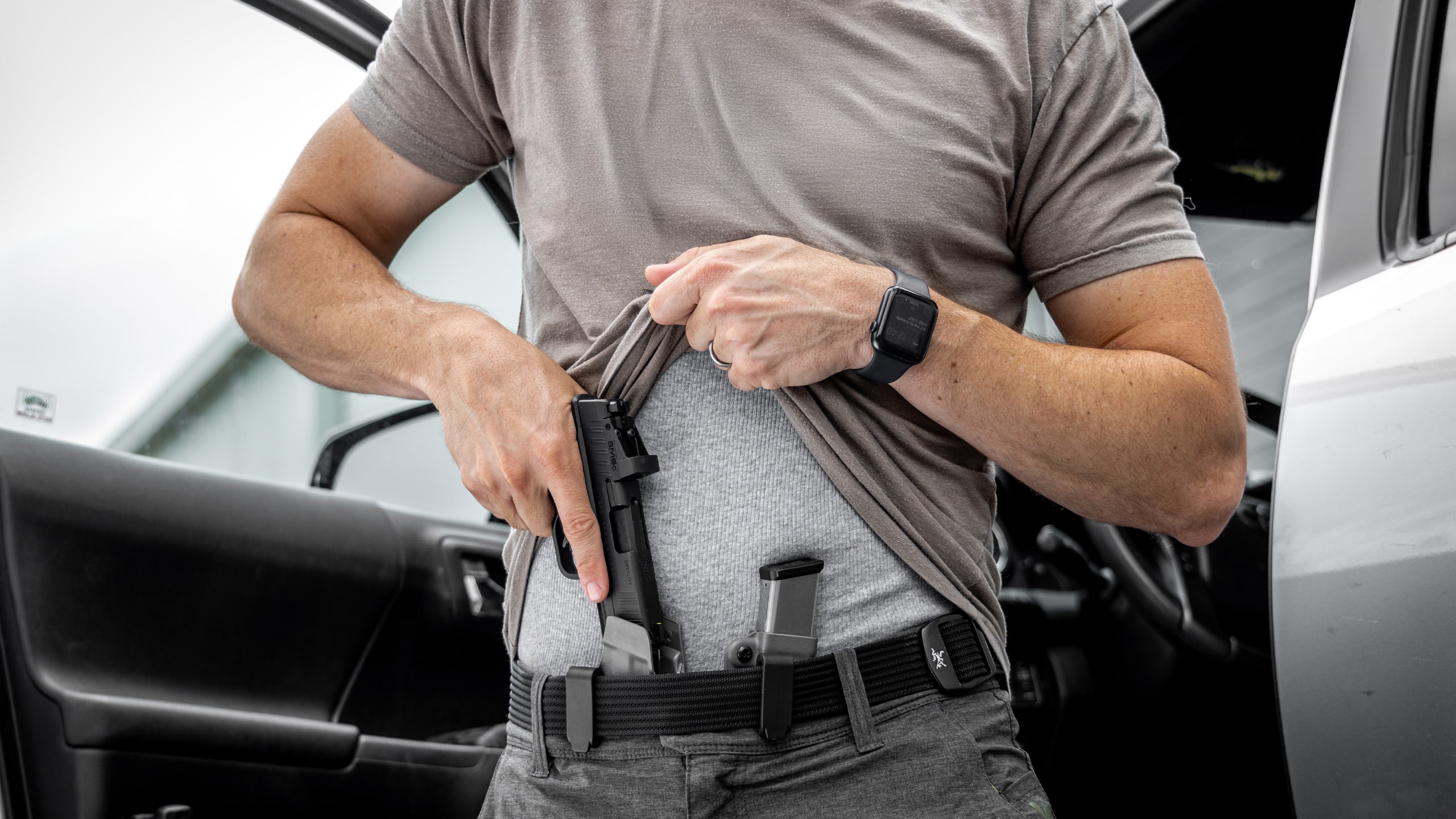
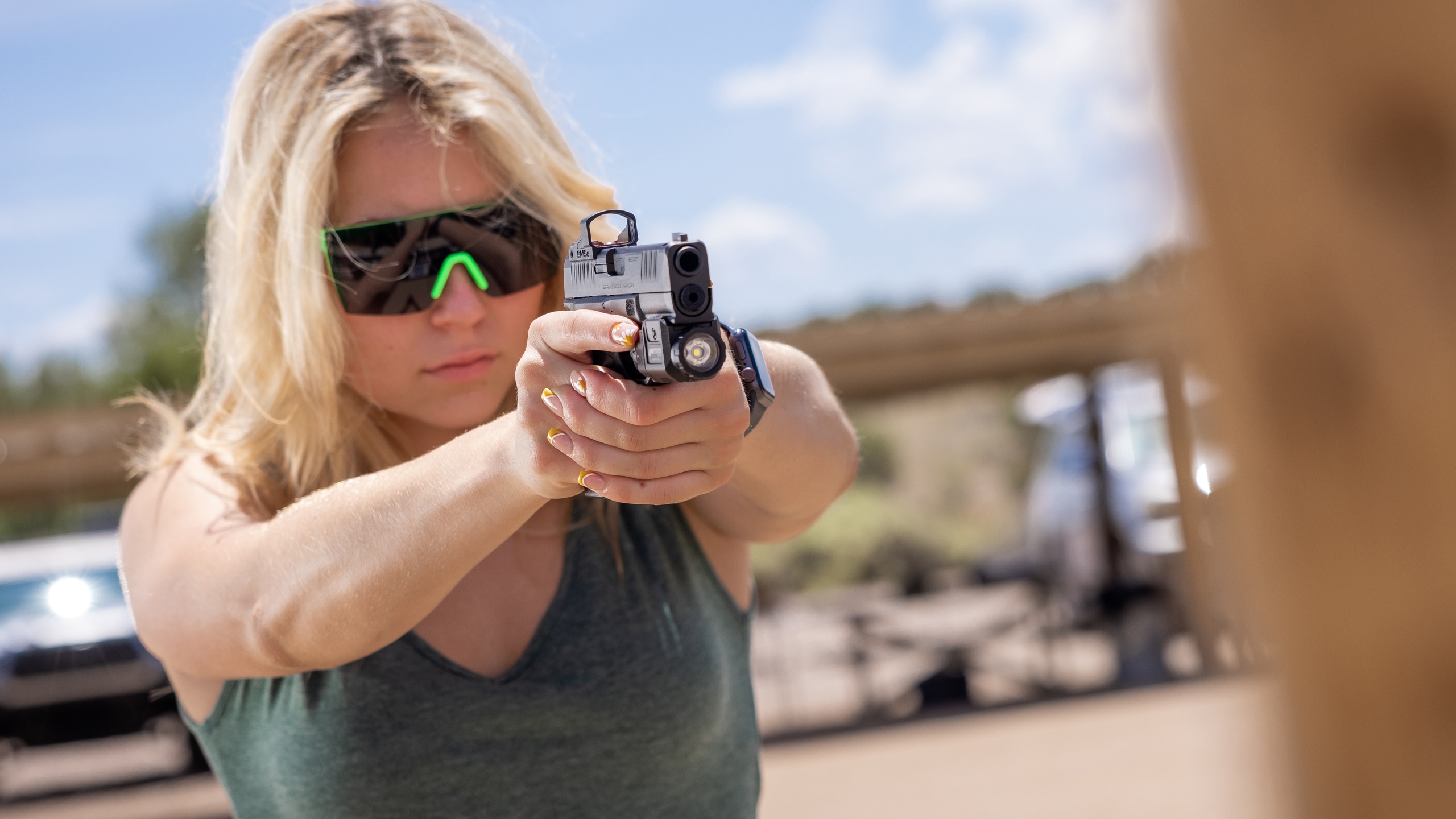
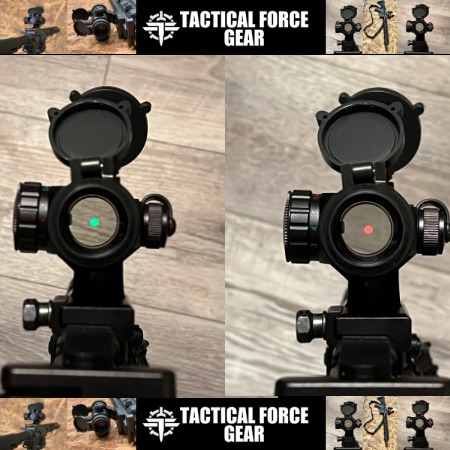
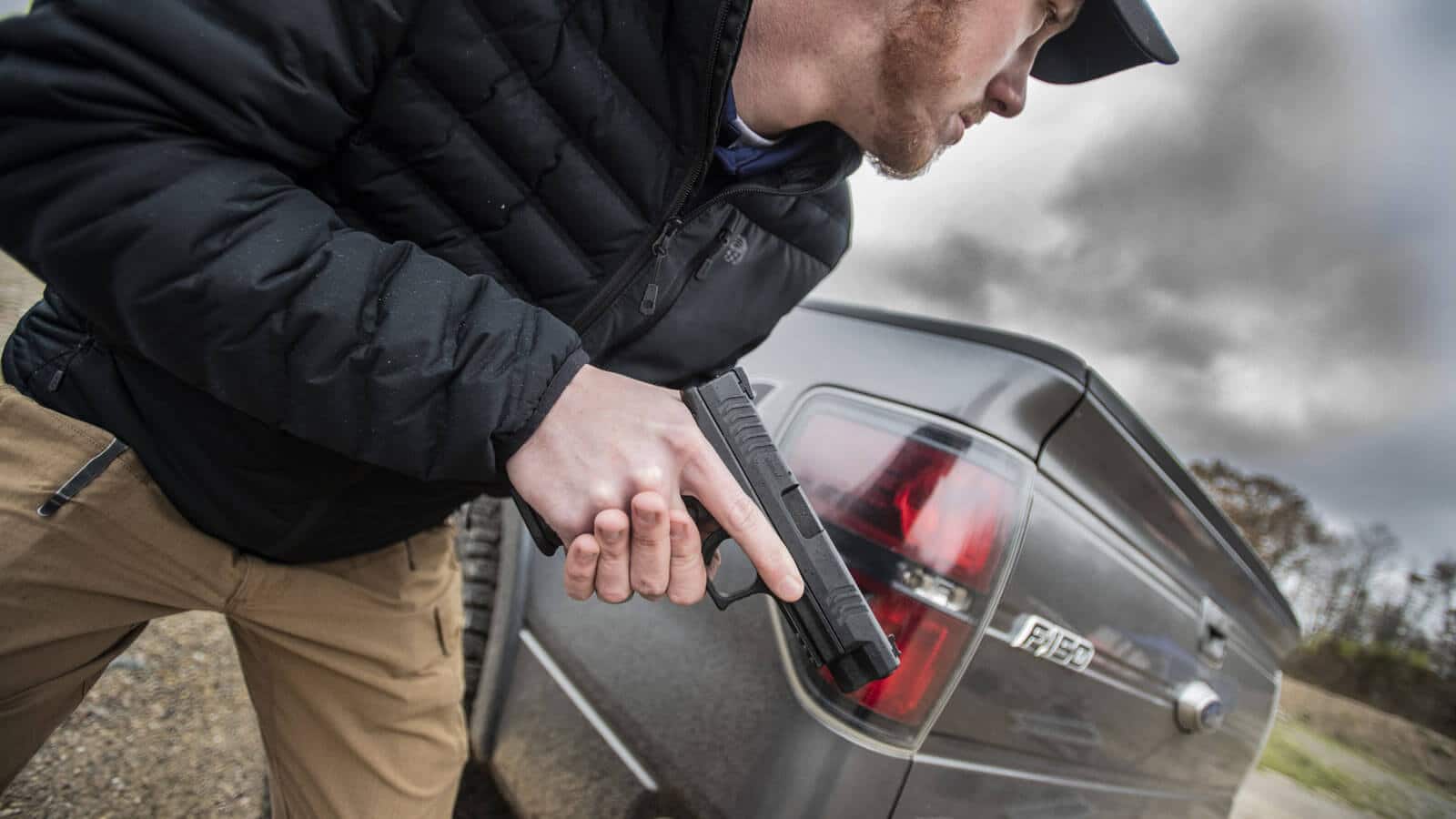


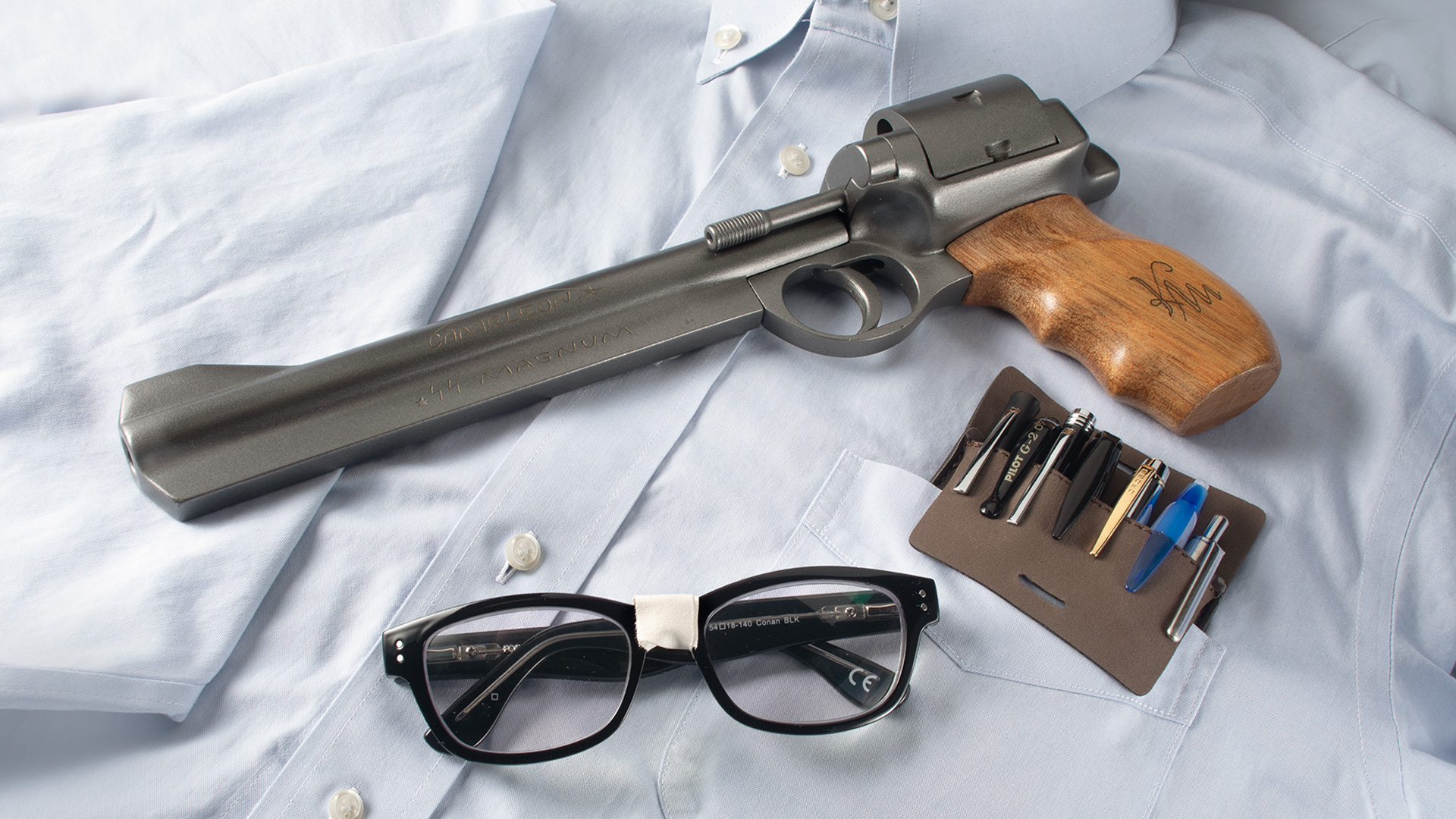


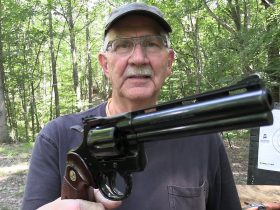


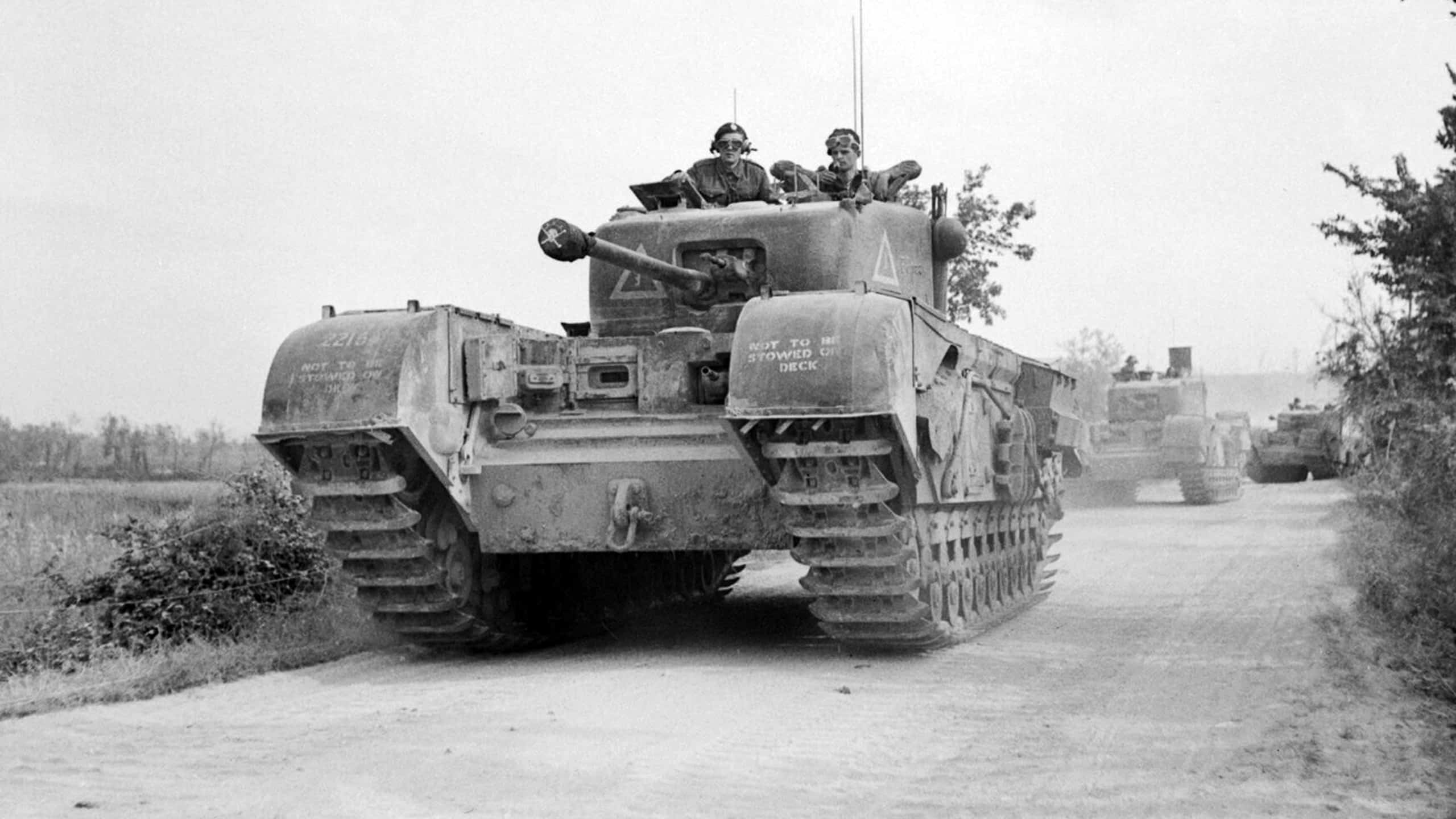
Leave a Reply